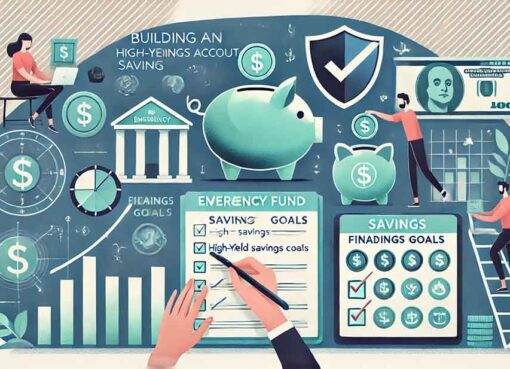Are Online Loans Safe? Here’s How to Check Before Applying

The convenience of online loans has made them increasingly popular, especially for those who need quick access to funds. However, with the rise of online lending platforms comes the risk of scams and predatory practices. So, are online loans safe? The answer depends on how well you vet the lender and protect yourself during the application process. In this article, we’ll guide you through the steps to ensure the online loan you’re considering is legitimate and secure.
1. Research the Lender Thoroughly
Before applying for an online loan, it’s crucial to research the lender to confirm their legitimacy.
Step 1: Check for Proper Licensing
Legitimate online lenders are required to be licensed by state or federal authorities. You can verify their credentials through:
- State Department of Financial Services: Each state has its own regulatory body that oversees lenders.
- Consumer Financial Protection Bureau (CFPB): A federal agency that provides resources on financial products and services.
Step 2: Read Customer Reviews
Look for reviews on trusted platforms like:
- Trustpilot
- Google Reviews
- Better Business Bureau (BBB)
Pay attention to recurring complaints about hidden fees, poor customer service, or difficulty in reaching the lender.
Step 3: Visit the Official Website
A legitimate lender will have a professional, secure website. Look for:
- HTTPS Encryption: The URL should start with “https://” to indicate the site is secure.
- Contact Information: Reputable lenders provide a physical address, phone number, and email for customer support.
2. Understand the Loan Terms and Conditions
One of the biggest red flags with online loans is unclear or unfair terms. Take the time to read the fine print carefully.
Key Things to Look For
- Interest Rates and Fees: Ensure the APR (Annual Percentage Rate) is clearly stated. Be wary of excessively high rates or upfront fees.
- Repayment Terms: Check the repayment schedule and penalties for late payments.
- Hidden Clauses: Watch out for clauses that allow the lender to change terms without notice or charge excessive penalties.
Warning Signs
- Guaranteed approval without a credit check.
- Unrealistic promises, such as “No credit check, no rejection.”
- Pressure to act immediately or lose the offer.
3. Protect Your Personal Information
Scammers often target borrowers by stealing sensitive information during the loan application process. Here’s how to stay safe:
Step 1: Use Secure Connections
Always apply for loans using a secure internet connection. Avoid using public Wi-Fi networks, which are more vulnerable to hacking.
Step 2: Verify Communication Channels
Legitimate lenders will never ask for sensitive information like your Social Security number or bank account details via email or text. All communication should occur through the lender’s official website or app.
Step 3: Monitor Your Accounts
After applying, keep an eye on your bank accounts and credit reports for unauthorized transactions. If you notice anything suspicious, report it immediately to your bank and credit bureaus.
4. Compare Multiple Lenders
Don’t settle for the first lender you find. Comparing multiple options ensures you get the best deal and reduces the risk of falling victim to a scam.
What to Compare
- Interest Rates: Look for competitive rates that align with your credit profile.
- Fees: Some lenders charge origination fees, prepayment penalties, or late fees.
- Customer Reviews: Choose lenders with positive feedback and a strong reputation.
Tools to Help You Compare
- Loan Comparison Websites: Platforms like NerdWallet, Bankrate, and LendingTree allow you to compare lenders side by side.
- APR Calculators: Use online tools to calculate the total cost of the loan, including interest and fees.
5. Know Your Rights as a Borrower
Understanding your rights can help you identify unethical practices and protect yourself from scams.
Key Protections Under U.S. Law
- Truth in Lending Act (TILA): Requires lenders to disclose all loan terms, including APR, fees, and repayment schedule.
- Fair Debt Collection Practices Act (FDCPA): Prohibits abusive or deceptive debt collection practices.
- Right to Dispute Errors: You can dispute inaccurate information on your credit report or billing statements.
What to Do If You Encounter a Scam
- Report to Authorities: File a complaint with the Federal Trade Commission (FTC) or your state’s attorney general.
- Freeze Your Credit: Contact the three major credit bureaus (Equifax, Experian, TransUnion) to place a fraud alert or freeze on your credit.
Conclusion
Online loans can be a convenient way to access funds, but they come with risks if you don’t take precautions. By researching lenders, understanding loan terms, protecting your personal information, and knowing your rights, you can ensure a safe and secure borrowing experience. Remember, if something seems too good to be true, it probably is. Always trust your instincts and prioritize your financial safety.




